Early on Saturday, doors of the 15th Tehran International Tourism Exhibition opened to people as a mounting wave of coronavirus puts high hopes of travel insiders in the hand of fate.
Iran (IMNA) - The challenge resembles the two ends of a seesaw. On the one hand, hopes that the tourism industry would rebound have been scratched by the wildfire spread of the Omicron variant. And on the other hand, an uplift in demand is driven by increased traveler confidence amid rapid progress on vaccinations and the easing of entry restrictions.
Last September, Iran initiated preliminary steps for a bounce-back, restarting the issuance of tourist visas following a 20-month hiatus, and easing COVID-19 protocols for fully-vaccinated passengers.
It came when the tourism businesses faced a very complex situation due to COVID restrictions. There was a partial or even total closure of tourist accommodation during the toughest months of the lockdown, so the spring seasons were completely lost. Many travel insiders, hoteliers, and tour operators faced big dilemmas such as bankruptcy, unemployment, debts, and the prospects of not being competitive on the international level.
However, the pace of recovery remains slow and uneven due to varying degrees of mobility restrictions, vaccination rates, and traveler confidence. Iran’s trump card is that the country benefits from a wide variety of travel destinations ranging from seacoasts and lush green woods to towering mountains and harsh deserts.
As a wallet-friendly destination with hospitable people, Iran has long been a desired destination for nature lovers, birdwatchers, powder chasers, culture devotees, pilgrims, museum-goers, foodies, adventurers, and medical travelers to name a few.
Going to statistics, some 1.47m foreign nationals visited the ancient land from the beginning of the current Iranian calendar year to January 1, a span most of which was subject to severe travel bans due to coronavirus. Citizens from Iraq and Afghanistan were the main source of tourism for Iran from October 23 to December 22, 2021. “226,000 people from Iraq, 103,000 from Afghanistan, 90,000 from Turkey, 22,000 from Azerbaijan, and 18,000 from Bahrain arrived in Iran during the mentioned period,” according to data released by Mehr news agency.
As the data suggests, neighboring countries have been the main source of tourism for the Islamic Republic. That is why the fair has invited travel insiders, tour operators, and exhibitors from neighboring states to reinforce the trend.
The average of international travels to and from the Islamic Republic fell by 80 percent during the past Iranian calendar year 1399 (ended on March 20, 2021) from a year earlier. “During this period, 4,343,163 passengers entered the country, which included 3,030,464 Iranian passengers and 512,699 international travelers,” according to Arezou Ghaniun, an official with the Islamic Republic of Iran's Customs Administration. “From the beginning of 1399 to the end of it, we saw a significant reduction in passenger traffic to the country or vice versa in land, sea, rail and air borders, which were caused by various coronavirus restrictions.”
In the international scene, tourism experienced a 4% increase in 2021, 15 million more international tourist arrivals (overnight visitors) compared to 2020 (415 million versus 400 million), according to data compiled by the World Tourism Organization. International arrivals, however, show 72% below the pre-pandemic year of 2019, according to preliminary estimates.
To find a solution, panels of travel experts and tourism officials have mapped out new marketing strategies so far, to help tourism would get back on its feet once again. One of the strategies is to help lesser-known destinations to gain footholds on the tourism map. For instance, the Ministry of Cultural Heritage, Tourism, and Handicrafts has said much more attention should be devoted to lesser-known travel gems of the country.
“Introducing the lesser-known or less-favored travel destinations is part of the ministry’s policies, and paying more attention to the western axis of the country is in line with those strategies,” a tourism official Mohammad Qasemi has said. “The west axis is our concern for tourism, which we intend to raise at [various] international tourism conferences,” the official stated. Other solutions are reinforcing medical tourism, ecotourism, and pilgrimage.
All things considered, mass COVID-19 vaccinations, consecutive fam tours for foreign tour operators, easing travel procedures, and fresh strategies, altogether, suggest Iran is determined to get through the coronavirus crisis to experience a tourism rebound with a greater reliance on its numerous tourist spots of which 26 are UNESCO World Heritage, and above all, its welcoming, sociable people.

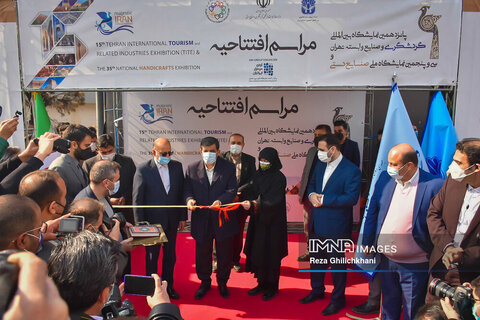
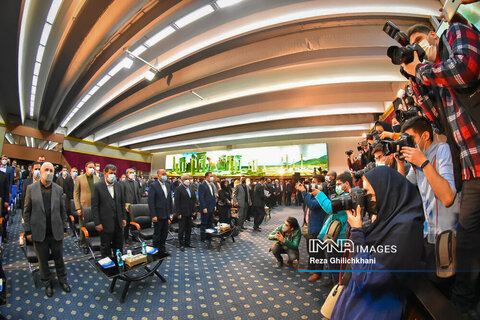
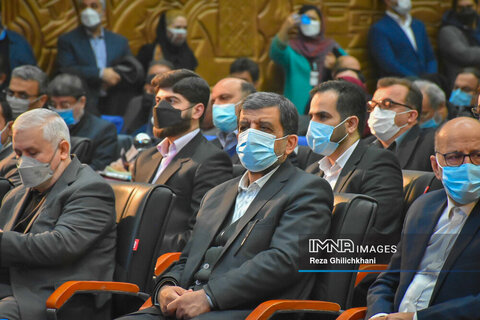

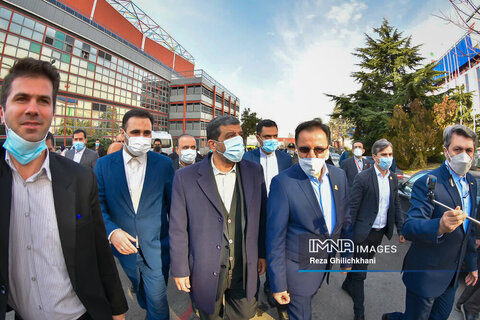

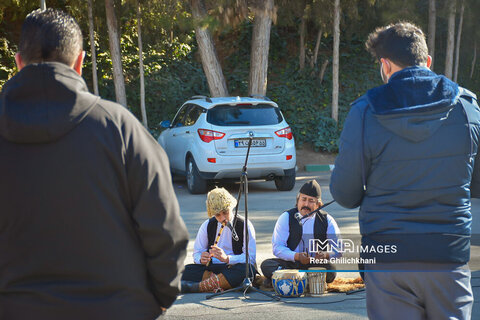

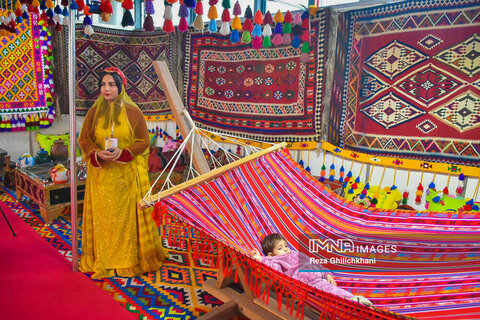
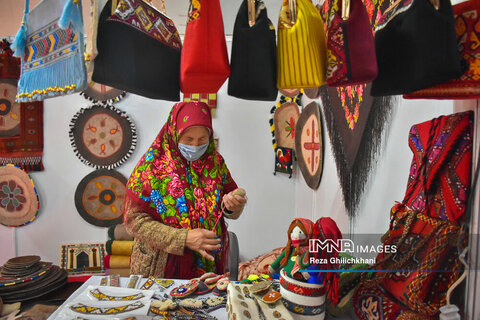

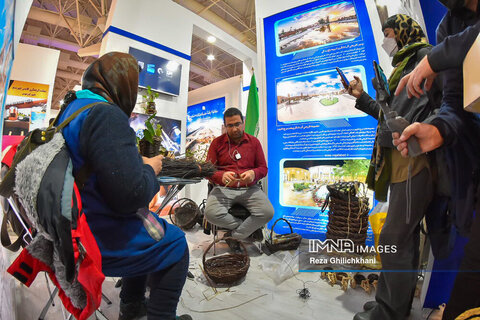



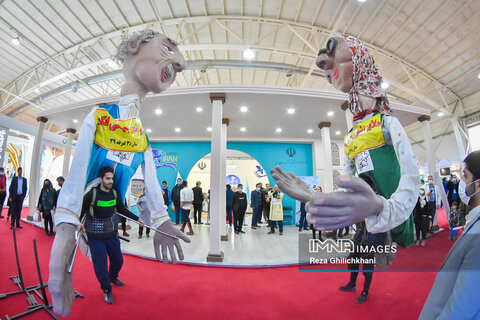

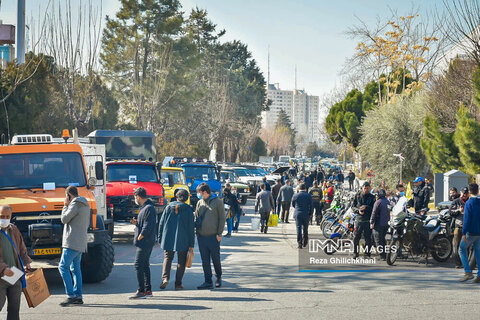
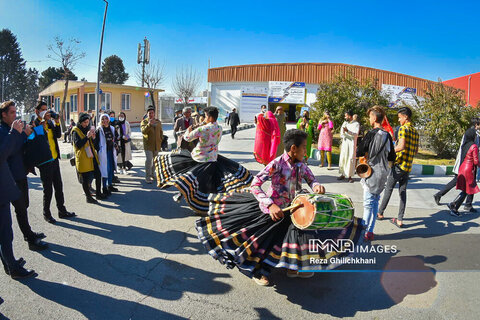

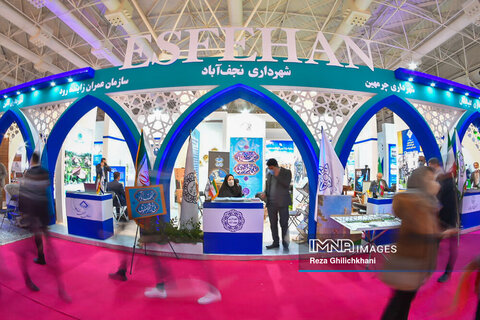


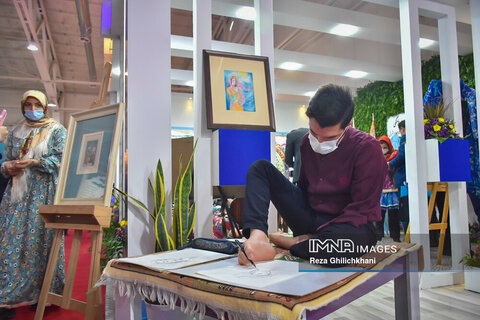
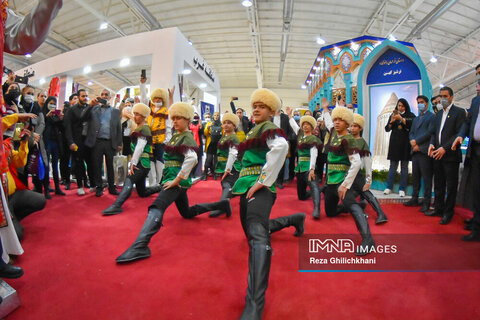
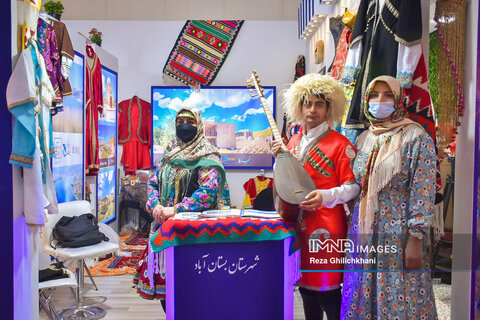
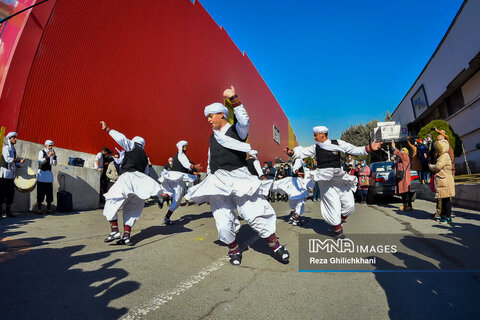
Your Comment